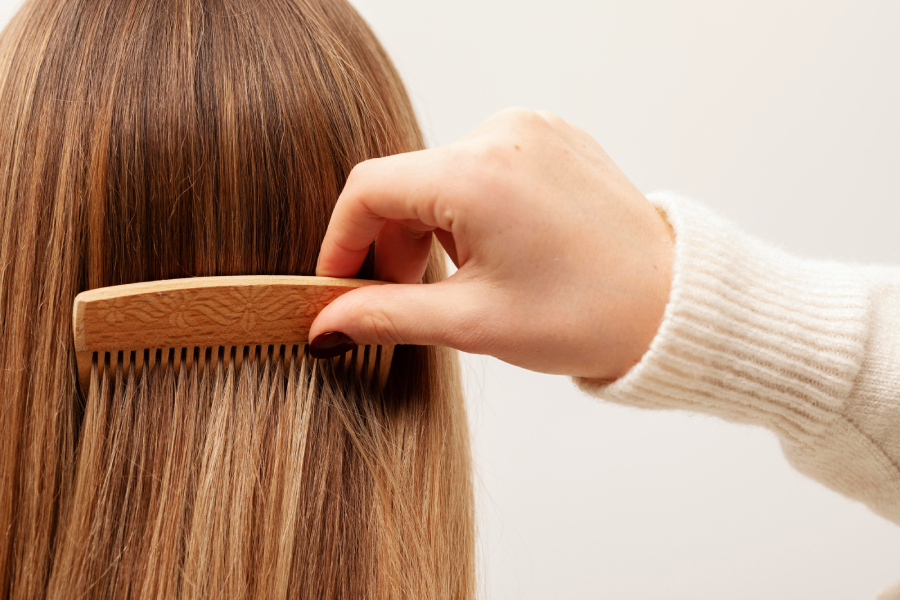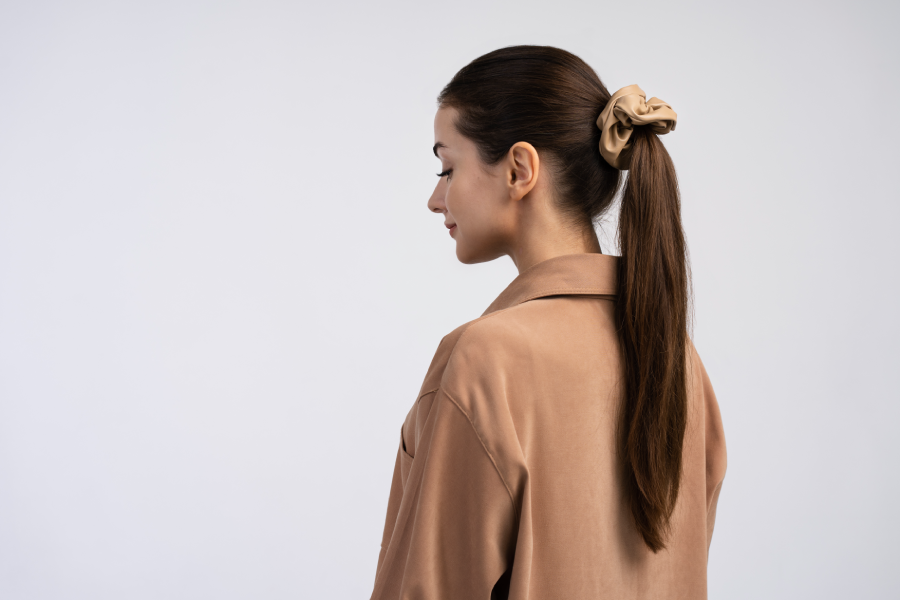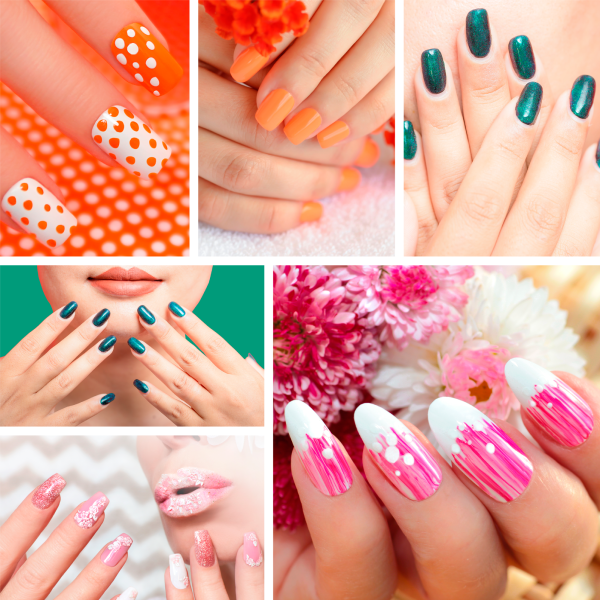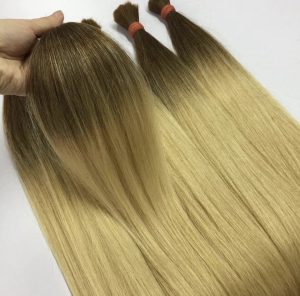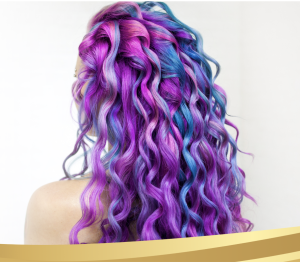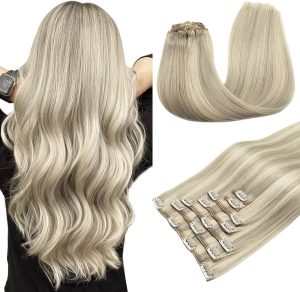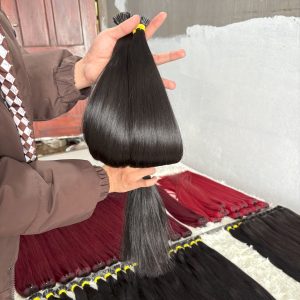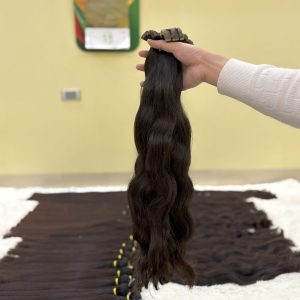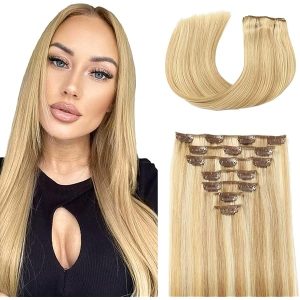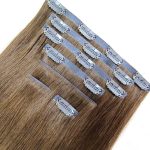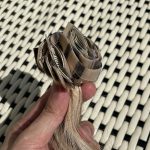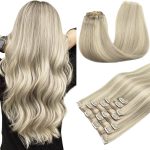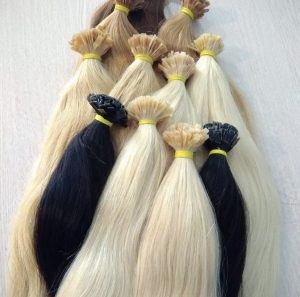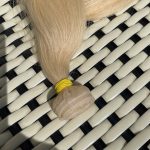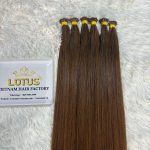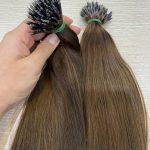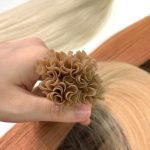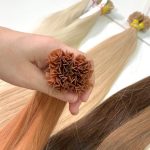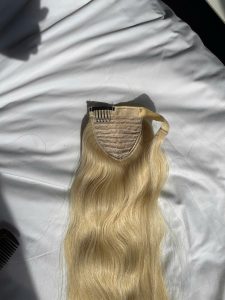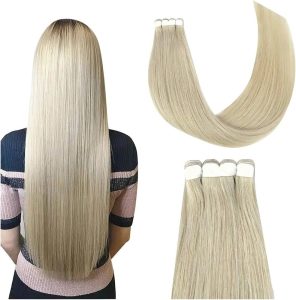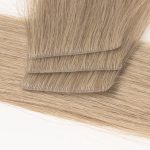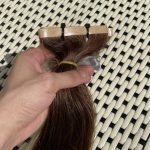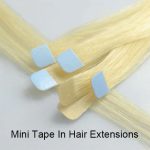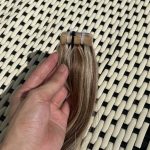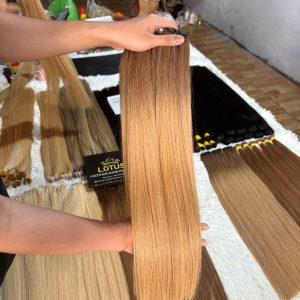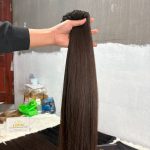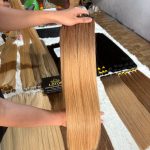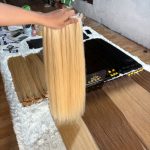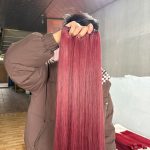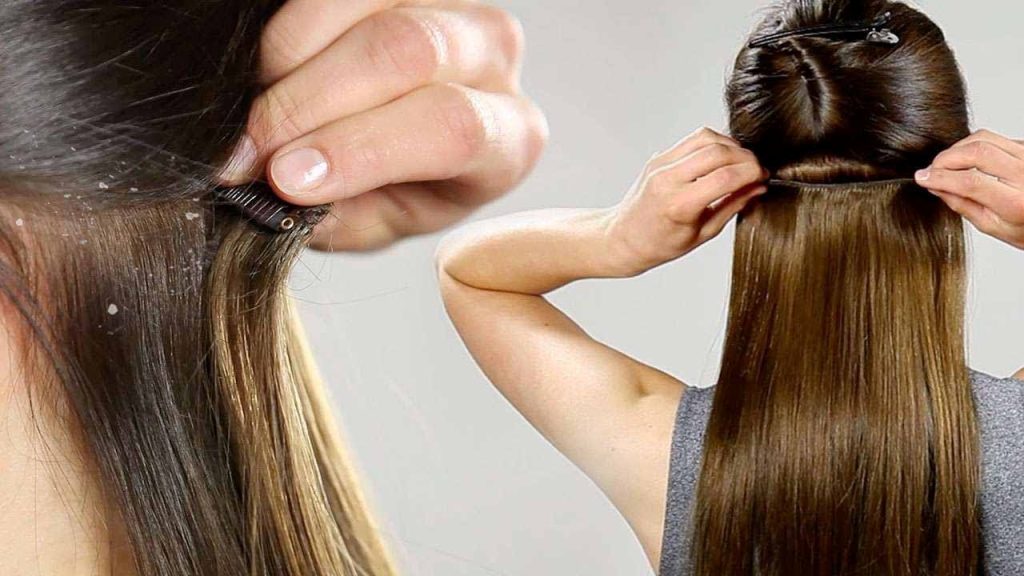Hair Extensions And Risks To The Scalp
Hair extensions are a quick and effective beauty method that help you achieve long, voluminous hair as desired. However, if not applied or cared for properly, extensions can lead to various scalp problems—ranging from mild itching to severe inflammation. Below are common issues and detailed solutions.
Common Scalp Issues Related to Hair Extensions
Scalp Flaking After Hair Extensions
After getting hair extensions, many people notice that their scalp becomes dry, with white flakes or peeling similar to dandruff. This may be a sign of seborrheic dermatitis or a reaction to harsh cleansing products. This condition not only affects appearance but also causes prolonged itchiness and discomfort.
Causes:
-
Chronic dandruff or seborrheic dermatitis.
-
Side effects from shampoos or conditioners containing sulfates.
-
Improper hair washing or leaving hair damp for too long.
Solutions:
-
Use medicated shampoo for sensitive scalps or anti-dandruff shampoos (containing ketoconazole, selenium sulfide, piroctone olamine, etc.).
-
Wash hair with warm water—avoid hot water.
-
Pat hair dry with a soft towel—do not rub vigorously.
-
Avoid keeping hair damp for too long—dry it as soon as possible.
Scalp Sores Caused by Hair Extensions
Some individuals may feel pain or discover scratches, pus-filled blisters, or small ulcers on their scalp after getting extensions. These are signs of mechanical damage from overly heavy extensions or direct contact between the attachment points and the scalp—especially during sleep.
Causes:
-
Bond points rubbing against the scalp while sleeping.
-
Extensions that are too heavy, causing scalp tension.
-
Existing mild scalp inflammation that was left untreated.
Solutions:
-
Remove the hair extensions immediately.
-
Clean the affected area with saline solution or antiseptic.
-
Consult a dermatologist if redness, swelling, or pain persists.
-
Avoid exposing the scalp to heat, chemicals, or dirty water until fully healed.
Red Bumps, Swelling, or Blisters Around Bond Points
If you notice red bumps, tiny pimples, or even blisters around the bond areas, your scalp may be irritated or experiencing an allergic reaction. These symptoms usually appear a few days after the extensions are applied—especially if you have sensitive skin.
Causes:
-
Allergic reaction to bonding glue or chemical treatments.
-
Prolonged dampness and lack of ventilation on the scalp.
-
Bonds placed too close to the scalp, causing irritation.
Solutions:
-
Remove the extensions and monitor the scalp’s response.
-
Apply anti-inflammatory or anti-allergy medication as directed (such as mild corticosteroids or antihistamines).
-
Stop using fragranced styling or hair care products.
-
Gently cleanse the scalp with a mild, low-foam shampoo.
Persistent Mild Itching on the Scalp
Mild but persistent itching for several days is common among those who have recently had extensions. You might feel tingling around the bond area, without flakes or redness, but it can still be uncomfortable and affect daily life.
Causes:
-
Incompatible shampoo that leaves residue on the scalp.
-
Incomplete cleansing between the extension layers.
-
Mild irritation from bond friction against the scalp.
Solutions:
-
Wash your hair every 2–3 days with a gentle, sulfate-free, paraben-free shampoo.
-
Rinse conditioner thoroughly—do not leave any residue on the scalp.
-
Use a wide-tooth comb to gently detangle when hair is dry.
-
Avoid scratching aggressively or washing too frequently.
Dry, Cracked, and Moisture-Imbalanced Scalp
If your scalp is too dry, you may feel tightness, flaking, or even cracking due to dehydration. This happens when you use high-detergent shampoos or frequently apply heat to the hair without moisturizing properly.
Causes:
-
Harsh shampoos that strip natural oils.
-
Regular use of high-heat tools like blow dryers or flat irons.
-
Lack of nutrients or not using scalp masks/serums.
Care Tips:
-
Use moisturizing shampoos and conditioners with ingredients like aloe vera, argan oil, or panthenol.
-
Apply a specialized scalp serum after washing.
-
Blow-dry on a cool setting, keeping a distance of at least 15–20cm.
-
Avoid wrapping your hair in a towel for too long—gently pat dry for about 5 minutes, then let it air-dry.
Conclusion
Every scalp is unique, so there’s no one-size-fits-all care routine. The most important thing is to listen to your body and observe your scalp’s reaction after getting extensions. If you notice any prolonged abnormal symptoms, consult a specialist or dermatologist for timely diagnosis and treatment.
Lotus Hair Vietnam – A Leading Manufacturer of High-Quality Hair Extensions
With over 14 years of experience, Lotus Hair Vietnam takes pride in being one of Vietnam’s leading hair extension manufacturers, specializing in providing premium Vietnamese hair to international markets. Established in 2010, we have continuously developed and strengthened our reputation worldwide, particularly in the United States and Europe.

Quality is always our top priority at Lotus Hair. We are committed to delivering consistently high-quality hair products with smooth texture, natural shine, and long-lasting durability.
Every batch of hair extensions undergoes strict quality control to ensure strength, softness, and compliance with international standards—ready to conquer even the most demanding markets like the U.S. and Europe.
Whether you are a retailer, salon owner, or distributor, we offer tailored supply solutions to help you grow your business with direct-from-factory pricing and premium-quality products.
Contact us today for expert consultation and the best pricing options!
| LOTUS HAIR VIETNAM | |
| Hotline & WhatsApp | +849.9595.3999 – Ceo – Mr. Ben +849.969.01.777 – Mr. Erik +849.969.03.777 – Ms. Tina +849.969.05.777 – Ms. Vietnam +849.969.06.777 – Ms. Maria |
| Email: | [email protected] |
| Address: | 210/11J Cach Mang Thang Tam Street, Ward 9, District 3, Ho Chi Minh City, Vietnam. |


